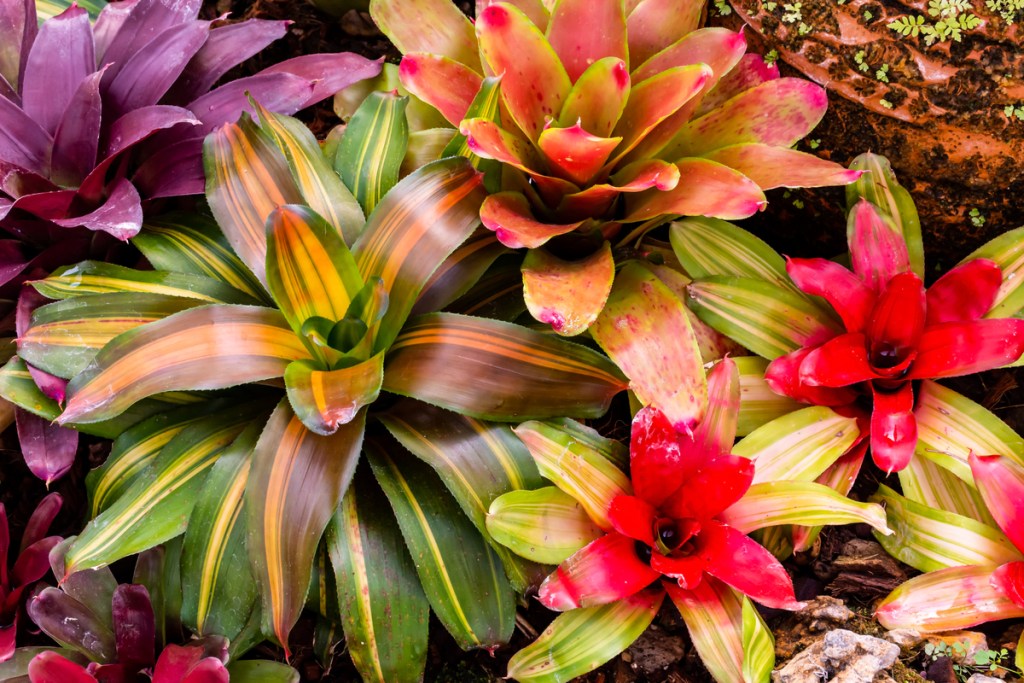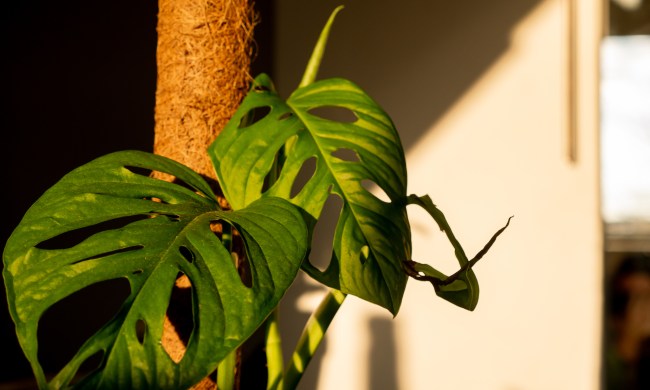Bromeliads are rather unique plants. Their leaves can be solid or variegated, and their flowers are vibrant and gorgeous. Many people buy bromeliads specifically for the beauty of their flowers, especially since most nurseries only sell bromeliads that are already in bloom. Once the flower has faded, though, you might be left with questions such as "Do bromeliads die after flowering?" and "Do they only flower once?" While caring for your bromeliads while they're flowering is fairly straightforward, what should you do afterwards? We've put together this guide to bromeliad flowers to answer all your questions.

Do bromeliads die after flowering?
Technically, yes, the bromeliad does die after flowering. Once the bromeliad blooms, it does begin a slow dying process that will last a year or so. However, even though the plant has reached maturity, bloomed, and begun its descent, you can still do things to encourage the growth of bromeliad pups. These pups can be used to propagate your plant. With proper care, your first bromeliad could provide you with a pup that will grow to maturity, bloom, and repeat the same process.

What are signs that your bromeliad flower is dying?
Unfortunately, the time will come when your bromeliad flower will die. Maintaining proper bromeliad care will help prolong the flowering process, but you'll need to prepare for a fading flower sooner or later. As with many other types of blooms, a fading bromeliad flower will wilt and turn brown with time. When the bloom dies, the leaves will follow suit.
During this time, try your best to encourage new pup growth by properly watering, lighting, and fertilizing your bromeliad. To keep your bromeliad leaves as healthy as possible, consider upping the humidity by leaving your plant on a pebble tray with water or using a humidifier. We'll talk more about bromeliad care needs below.

Should I cut off the dead flower of my bromeliad?
It isn’t necessary to cut off the dead flower if you don’t intend to grow pups. You can leave it attached to slowly wither with the rest of the plant. However, this isn’t the most appealing option, and if your intent is to encourage the growth of bromeliad pups, you will want to cut the dead bloom off so that none of the nutrients you give to the plant are being taken away from the healthy foliage.
If and when you decide to cut off the dead bloom, be sure to do so at the base of the stem where it’s attached to the parent plant. (And make sure to use sanitized pruning shears or a sharp knife so you don’t introduce any bacteria to the bromeliad!)

How do you care for bromeliads after flowering?
Bromeliad care post-blooming is often focused solely on encouraging the parent plant to produce pups. If done right, this care can help continue your indoor bromeliad garden. Here's what to do.
Step 1: Make sure your bromeliad is getting the proper amount of sunlight. Bromeliads prefer partial shade. However, if you don’t have a window that allows for that, you can always diffuse full light with a sheer curtain.
Step 2: Continue to water the plant once every one to two weeks.
Step 3: Remove any stagnant water left from the last watering session before watering again. Stagnant water left too long can lead to rot.
Step 4: Fertilize your bromeliad once a month with a bromeliad-recommended fertilizer.

How do you get bromeliads to rebloom?
Unfortunately, since the bromeliad does only flower once, there’s no way to encourage the same plant to rebloom. That’s where the pups come in. Once the flower on your bromeliad dies, start the process of encouraging pup growth. This should (hopefully) leave you with at least one pup that you can repot and grow to maturity. Then, you’ll be able to enjoy a bromeliad bloom once again!

What do I do with a pup once it has started growing?
Here's how to care for your bromeliad pup:
Step 1: Leave the bromeliad pup attached until it is roughly half the size of the parent plant.
Step 2: Separate the pup from the base of the parent plant with a sharp, clean knife.
Step 3: Repot the pup in a well-draining potting soil and place the pot back where the adult plant was.
Step 4: Be patient! Some bromeliads take three to five years to reach maturity and bloom, and most take at least one year. Don't panic if you don't see a flower right away!
Step 5: Use ethylene gas to encourage your bromeliad to bloom once it is one year old. Ethylene gas is used by nurseries to encourage early blooming. It is also produced by apples as they rot! Place a ripe or rotting apple by your bromeliad's leaves, then cover the whole plant with a plastic bag to keep the gas in.

How long do bromeliad flowers last?
Once your bromeliad begins blooming, the flowers can last for up to six months - that's half a year! Since bromeliads die after blooming, this is good news. While you're loosing your bromeliad plant, you do get to enjoy the flower for a long time.
If you're starting from a store-bought nursery plant, you can get the most out of your bromeliad by trying to find a plant with a young flower that isn't fully opened yet. That way, you can enjoy as much time with the flower as possible. Once it has started blooming, attentive care is the best way to both keep it blooming and keep the flower looking its best!
The bromeliad is a beautiful plant, both in bloom and with just the foliage. With luck, you’ll be able to repeat the process of growing a bromeliad to maturity, admiring a bloom, encouraging successful pup growth, and having everlasting bromeliad plants!



